Does a Hermit Crab Have a Backbone?(No, Invertebrates)
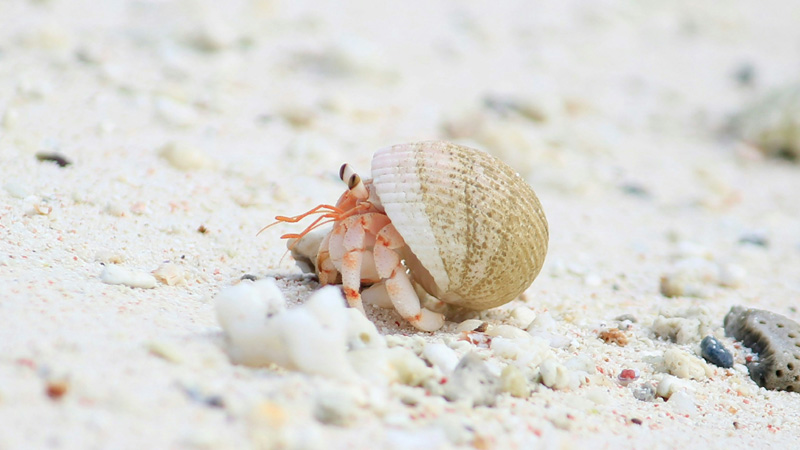
Photo by Mohamed Haris on Unsplash
In the depths of the ocean and along sandy shores, crabs scuttle across the seafloor, captivating both scientists and beachgoers alike. As we explore the fascinating world of crabs, one question frequently arises: Do crabs have a backbone?
In this article, we will embark on a journey to unravel the intricate anatomy of crabs, shedding light on their skeletal structure, the presence or absence of a backbone, and the unique adaptations that make them remarkable creatures.
What is a Backbone?
A backbone, or vertebral column, is a defining feature of vertebrates, a diverse group of animals that includes mammals, birds, reptiles, amphibians, and fish. The vertebral column provides support, protects the spinal cord, and facilitates mobility.
However, crabs belong to a different classification: the arthropods, which consists of animals like insects, spiders, and crustaceans. To determine whether crabs have a backbone, we must examine their distinct anatomy.
The Incredible Crab Anatomy
Crabs possess a highly specialized body structure that sets them apart from both vertebrates and many other invertebrates. Let's explore the key aspects of crab anatomy that help us understand their skeletal system.
Exoskeleton:
One striking feature of crabs is their exoskeleton - a rigid outer covering that provides protection and support. The exoskeleton consists of a combination of chitin and calcium carbonate, forming a sturdy shell. Unlike vertebrates, which have an internal skeleton, crabs rely on their exoskeleton for external support. This unique adaptation is shared by many other arthropods and distinguishes them from creatures with a backbone.
Jointed Appendages:
Crabs are renowned for their powerful and versatile claws. These are just one example of their jointed appendages, which are characteristic of arthropods. Jointed appendages, formed by the fusion of various body segments, allow crabs to perform an array of actions, including walking, climbing, and capturing prey. Despite their importance, these appendages are distinct from a vertebrate backbone.
Segmentation:
Crabs possess a segmented body encompassing distinct regions. Each segment typically consists of a pair of appendages. The crab's body segments include the cephalothorax (head and thorax fused together) and the abdomen. This segmentation allows for greater flexibility and specialized movement. However, it is important to note that segmentation is not equivalent to a vertebral column.
Internal Structures:
Within the crab's body, various internal structures contribute to its overall physiology. These include the digestive system, reproductive organs, circulatory system, and nervous system. While crabs possess a well-developed nervous system, including a brain and connected ganglia, it is fundamentally different from the complex spinal cord and central nervous system seen in vertebrates.
The Verdict: Crabs and the Backbone Question
After examining the intricate anatomy of crabs, we can confidently conclude that they do not possess a backbone.
The exoskeleton, jointed appendages, segmentation, and unique internal structures of crabs all differentiate them from vertebrates. While crabs exhibit remarkable adaptations and possess a complex body structure, their lack of a vertebral column aligns them with the arthropod classification.
Adaptations for an Aquatic Life
Although crabs lack a backbone, their unique adaptations have allowed them to thrive in aquatic environments. Crabs have evolved to overcome challenges posed by their watery habitats, such as buoyancy and water pressure. Their exoskeleton provides protection against predators and supports their body against the water's resistance. The jointed appendages enable precise movement and aid in capturing food. These adaptations showcase how nature shapes organisms to fit different ecological niches.
Conclusion
In conclusion, crabs do not have a backbone.
While they possess a well-developed exoskeleton, segmented body, jointed appendages, and muscular system, they lack the vertebral column or spinal column characteristic of vertebrates. Instead, crabs rely on their exoskeleton for support and protection, exhibiting a unique anatomical structure adapted to their marine environment.
You May Also Like
 Other PetsThe 5 Most Common Pet Hermit Crabs
Other PetsThe 5 Most Common Pet Hermit Crabs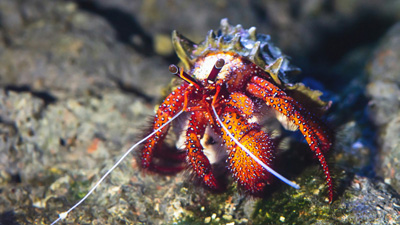 Other PetsHow Long Does a Hermit Crab Live as a Pet?
Other PetsHow Long Does a Hermit Crab Live as a Pet?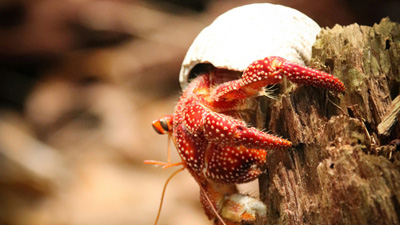 Other PetsHow Big of a Tank Does a Hermit Crab Need? (10-20 gallon)
Other PetsHow Big of a Tank Does a Hermit Crab Need? (10-20 gallon)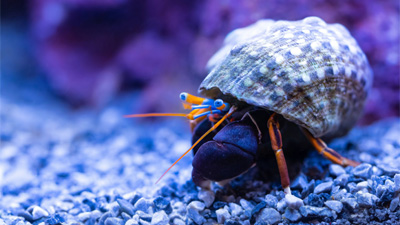 Other PetsCan Hermit Crabs Live in Tap Water?
Other PetsCan Hermit Crabs Live in Tap Water?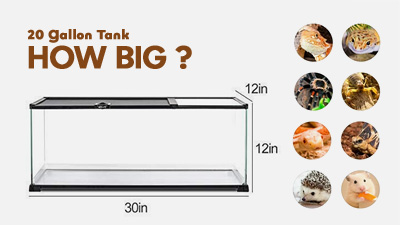 Other PetsHow Big is a 20-Gallon Reptile Tank in Inches?
Other PetsHow Big is a 20-Gallon Reptile Tank in Inches? Other PetsThese 5 Reptiles Are Suitable for a 20-Gallon Tank
Other PetsThese 5 Reptiles Are Suitable for a 20-Gallon Tank